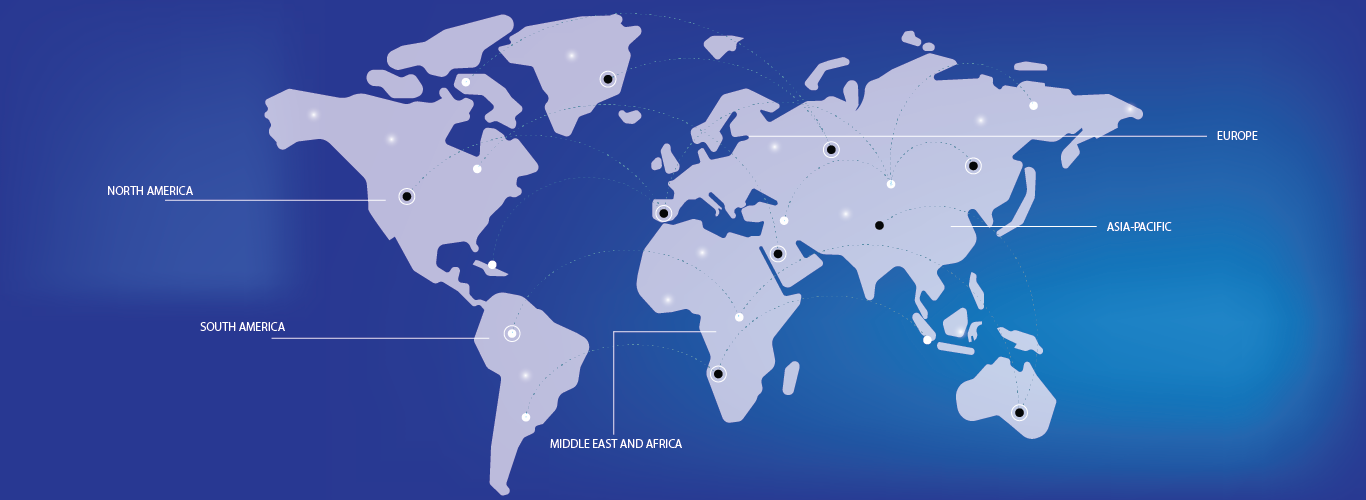ADME toxicology testing is primarily used to perform genetic, chemical and pharmacological tests that aid in the drug discovery process from drug design to drug trials. This procedure involves control software, various liquid-handling devices, and other detectors that aid in the rapid identification of active compounds, genetic interactions and other biomolecular interactions.

Frequently Asked Questions
The market is segmented based on Global ADME Toxicology Testing Market Segmentation, By Technology (Cell Culture, High Throughput, Molecular Imaging, OMICS Technology), Application (Systemic Toxicity, Renal Toxicity, Hepatotoxicity, Neurotoxicity, Other Toxicities), Method (Cellular Assay, Biochemical Assay, In-Silica, Ex-vivo), Product Type (Instruments, Software Solutions, Assays Systems, Reagents, Others), Test (In-Vivo, In-Vitro) End-User (Cosmetics and Household Products, Pharmaceutical Industry, Animal Industry, Food Industry, Others) – Industry Trends and Forecast to 2032
.
The Global Adme Toxicology Testing Market size was valued at USD 8.79 USD Billion in 2024.
The Global Adme Toxicology Testing Market is projected to grow at a CAGR of 11.45% during the forecast period of 2025 to 2032.
The market report covers data from the U.S., Canada and Mexico in North America, Germany, France, U.K., Netherlands, Switzerland, Belgium, Russia, Italy, Spain, Turkey, Rest of Europe in Europe, China, Japan, India, South Korea, Singapore, Malaysia, Australia, Thailand, Indonesia, Philippines, Rest of Asia-Pacific (APAC) in the Asia-Pacific (APAC), Saudi Arabia, U.A.E, South Africa, Egypt, Israel, Rest of Middle East and Africa (MEA) as a part of Middle East and Africa (MEA), Brazil, Argentina and Rest of South America as part of South America..



